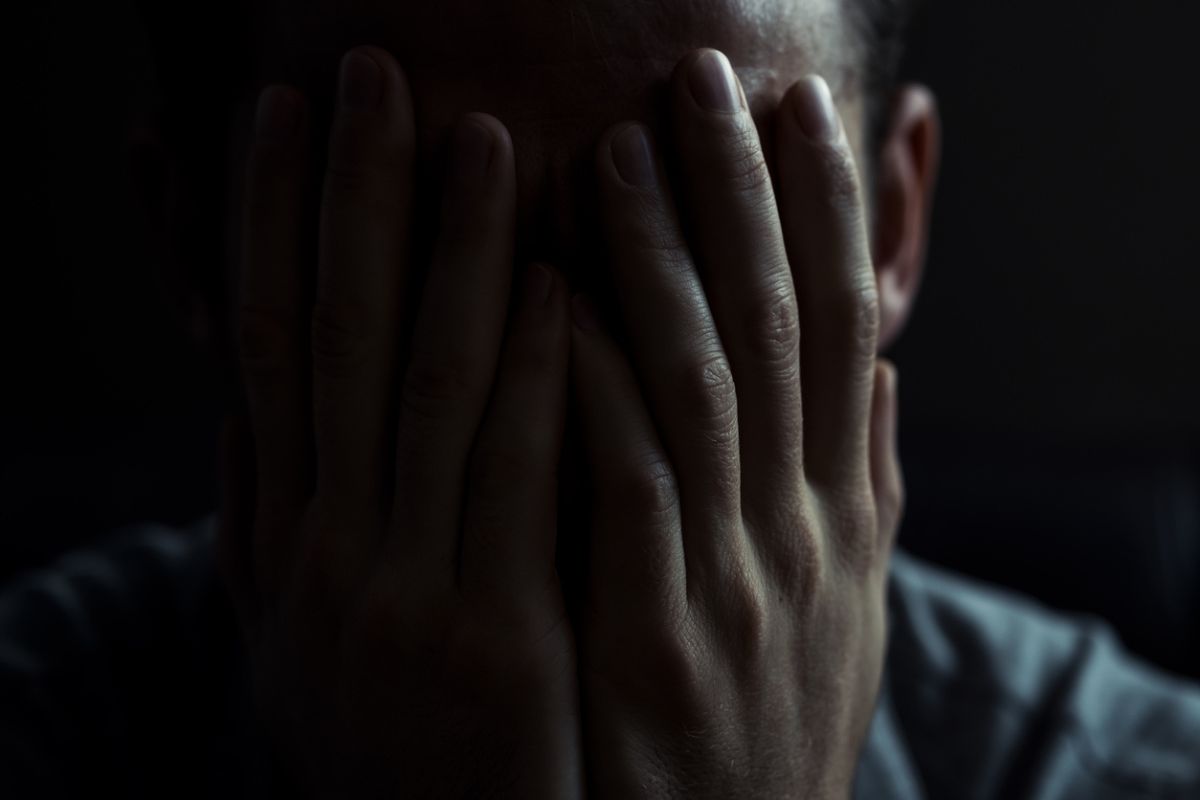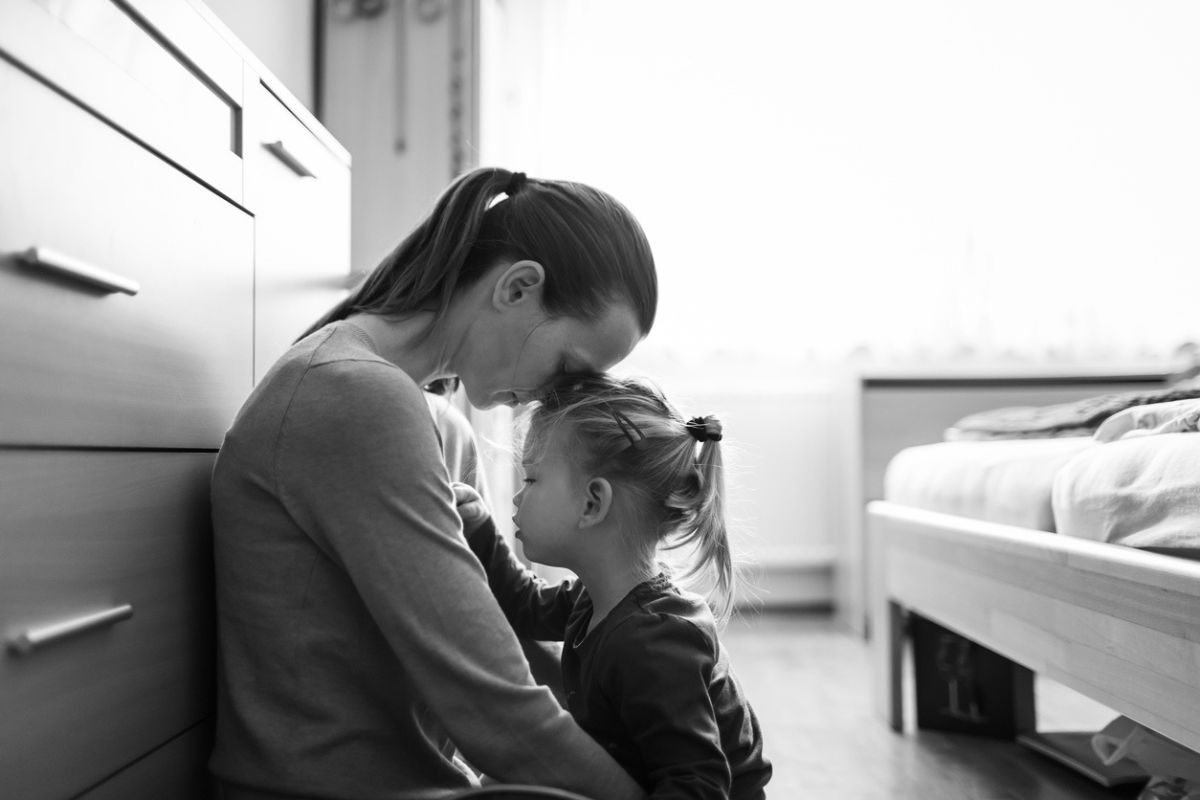If it feels like we’re all a bit more anxious or depressed, it might be because we are. A new national report, published by the U.S. Centers for Disease Control & Prevention (CDC) reports that nearly one out of five adults reported experiencing symptoms of anxiety – 18.2 percent or depression – 21.4 percent – at some point over the previous fortnight.
The report also uncovers significant variations among age brackets, genders, and socioeconomic backgrounds.
The study, which juxtaposed 2022 results against 2019 numbers – just before the pandemic – exposed a persistent uptick in mental health symptoms.
Digging Deeper into the Data
The report, based on data from the 2022 National Health Interview Survey (NHIS), shows that mental health challenges vary dramatically among different groups. Adults between 18 and 29 reported the highest prevalence of anxiety and depression symptoms. These rates seem to taper off with age. Women also conceded to higher levels of both anxiety and depression.
Additionally, the data exposed racial disparities. Asian adults appeared to be the least likely to experience moderate or severe symptoms of anxiety and depression. That stands in stark contrast to other racial and ethnic groups that the federal scientists surveyed.
The survey also underscores the socioeconomic factors that seem to play a part in out mental health. Adults with lower education levels or household incomes that rank below the federal poverty line report significantly higher rates of anxiety and depression symptoms. Rural Americans also report higher mental health challenges than those in urban centers.
More specifically, since 2019:
- The percentage of adults reporting anxiety symptoms is up from 15.6 percent to 18.2 percent.
- Those with depression symptoms jumped from 18.5 percent to 21.4 percent.
- The study highlights increases across diverse demographic groups, including young adults (18-44), Black and White non-Hispanic adults, individuals with at least a high school education, and households above the poverty line.
- Geographic factors show that adults in the West and Midwest report higher rates of depression than those in the South and Northeast.
Reading the Ripple Effect
“The findings of this study are deeply concerning but, unfortunately, not surprising. We were already in the midst of a mental health crisis, particularly affecting children and adolescents, before the pandemic began,” Helen Egger, MD, co-founder and chief medical and scientific officer at Little Otter. “Now, with data showing a marked rise in anxiety and depression from 2019 to 2022, we see the toll of the pandemic period and its aftermath.”
These survey results echo earlier studies that tie anxiety and depression to multiple factors such as economic hardship, social isolation, and pandemic-related stressors.
But perhaps more importantly, this research reveals a glimpse of our mental health status from two pivotal moments: pre- and post-pandemic. They also highlight a surging demand for accessible mental health care.
“This report underscores the urgent need to address the mental health crisis in America, for everyone from young children to adults,” Egger added. “Ultimately, I believe mental health care should be as routine and accessible as physical health care. With early screening, comprehensive support, and public awareness, we can help families nurture their children’s and their own mental health and well-being, ensuring that this generation can emerge from the pandemic with the tools they need to thrive.”
Further Reading
Surgeon General Issues Mental Health Advisory for Parents
Even Mild COVID Cases Leave Lasting Brain Changes in Young Adults
Lockdowns May Have Accelerated Brain Aging, Especially in Girls



